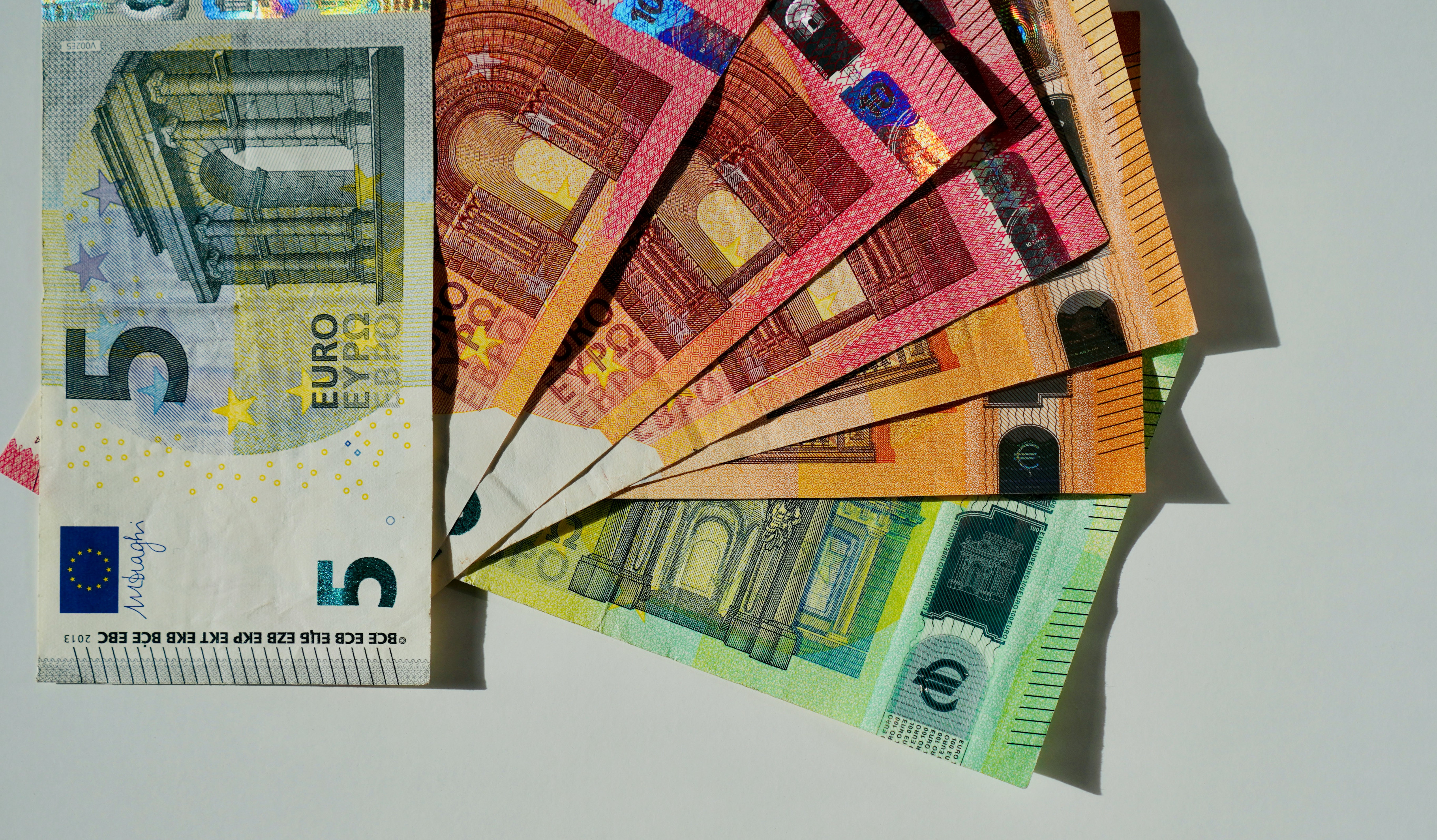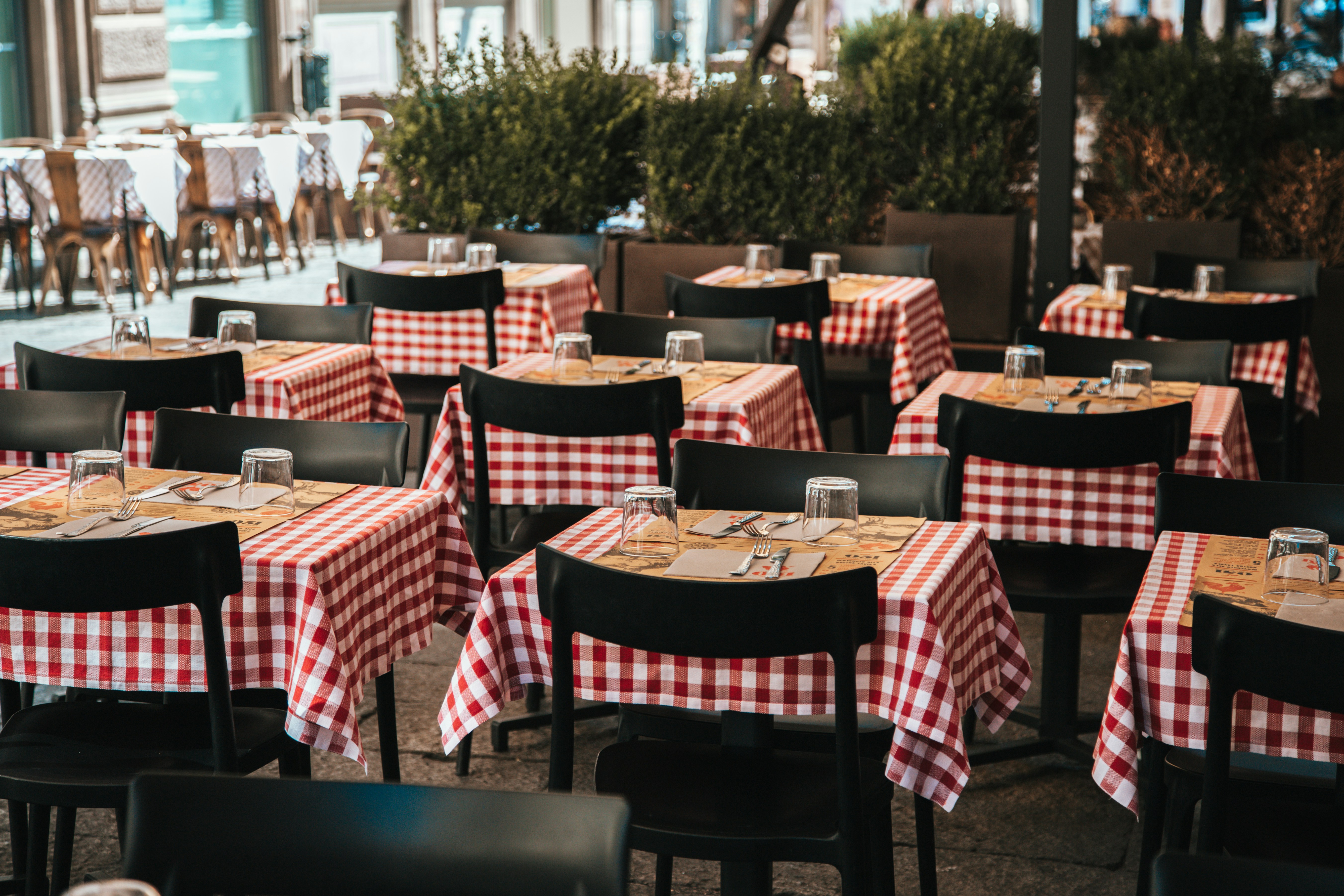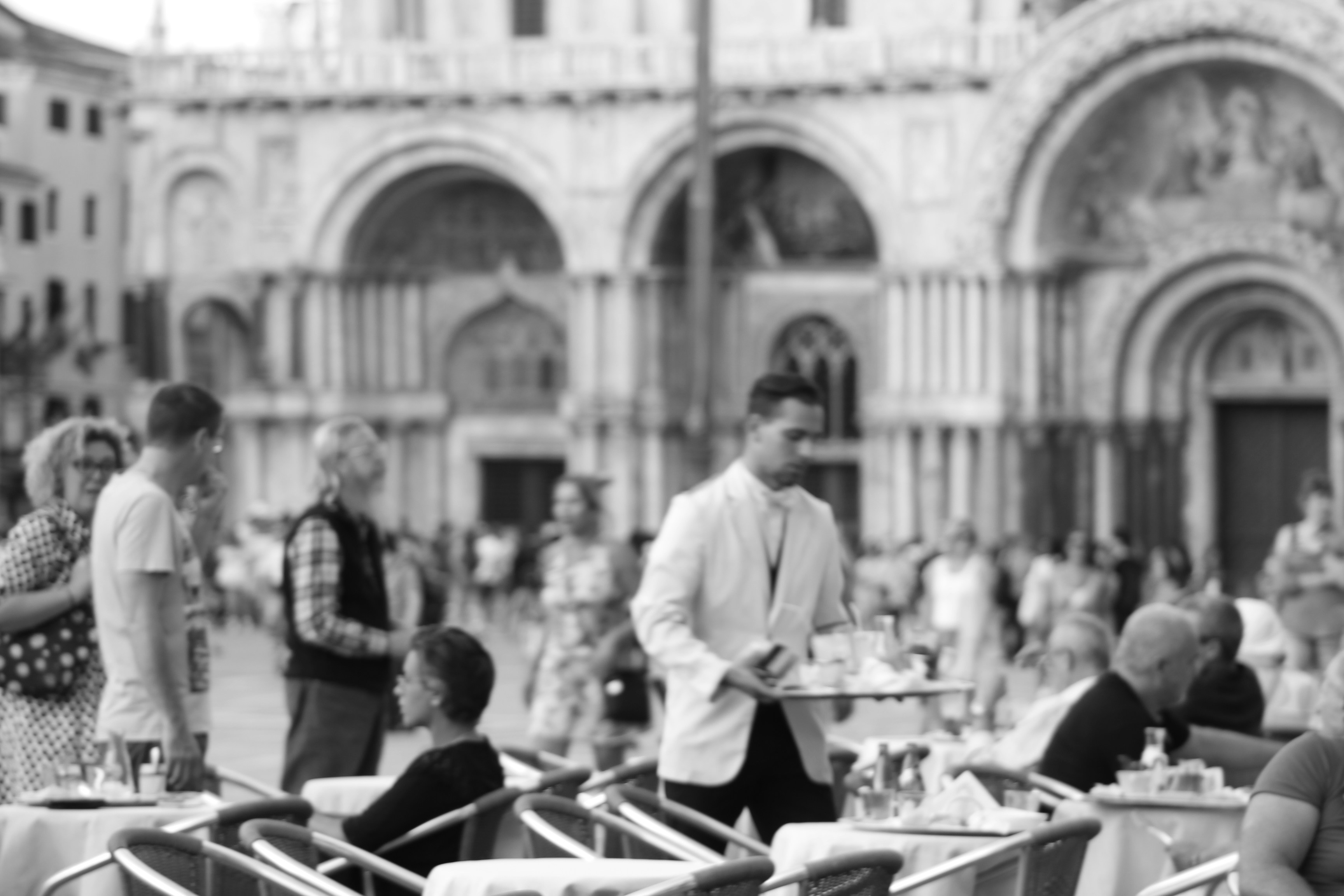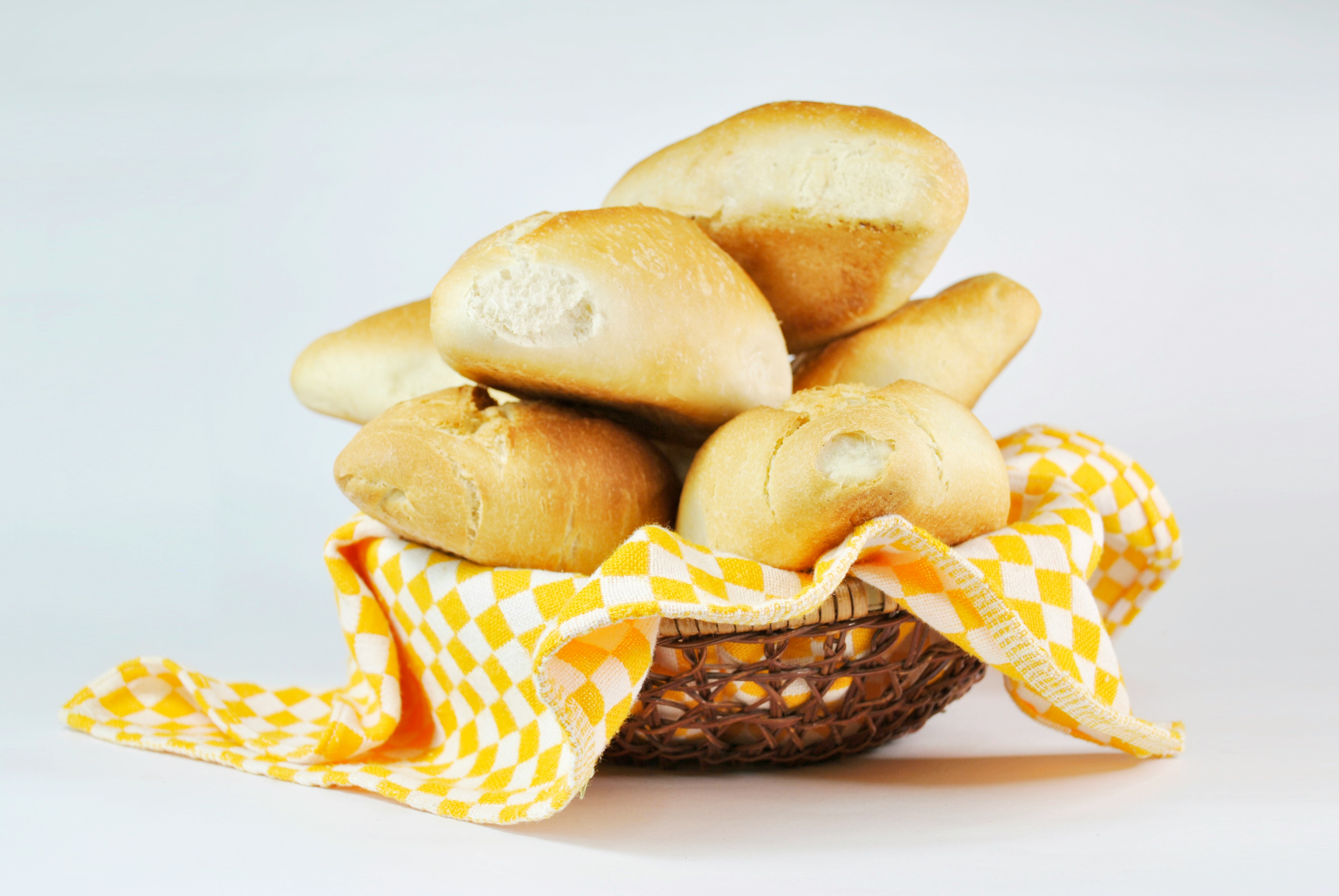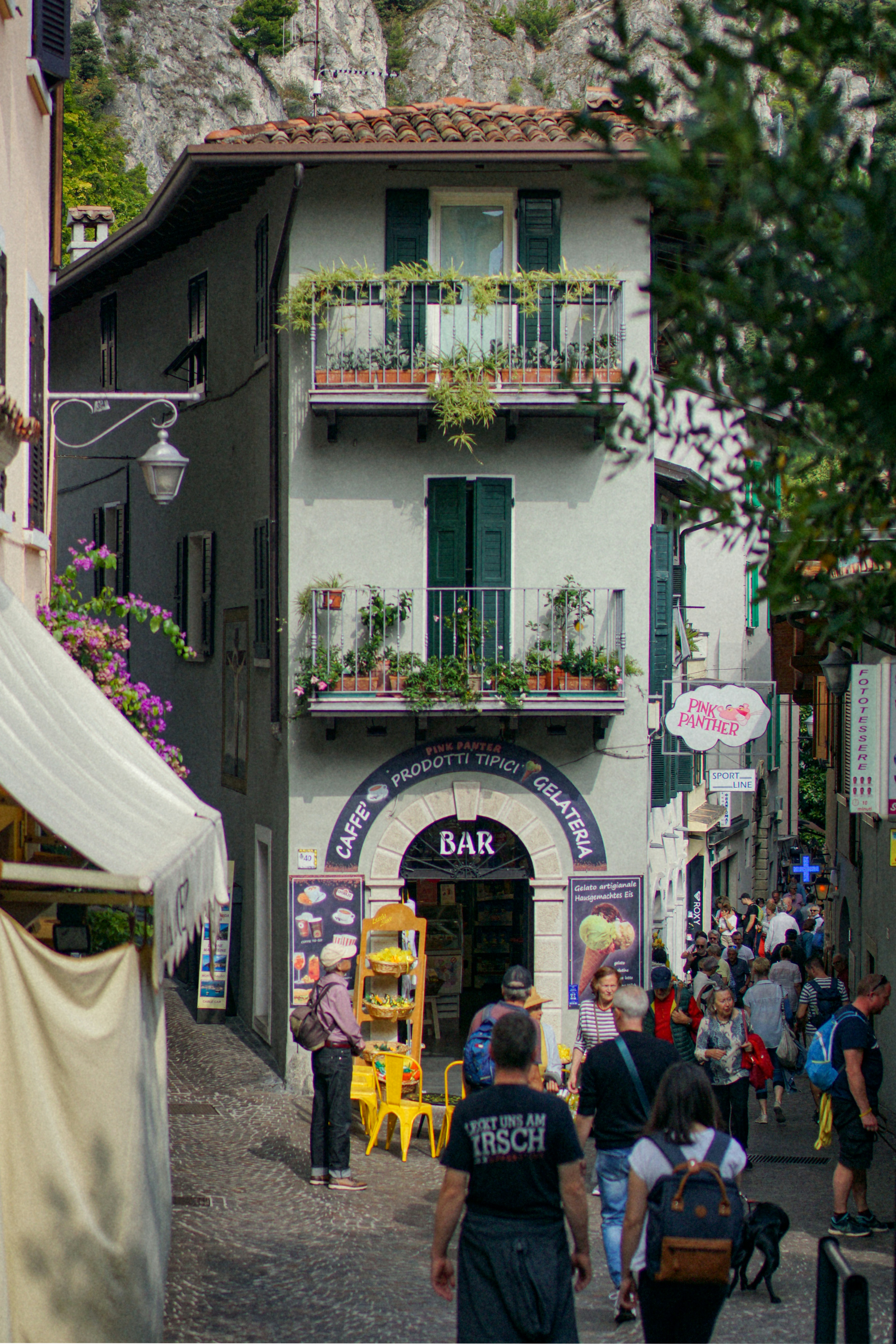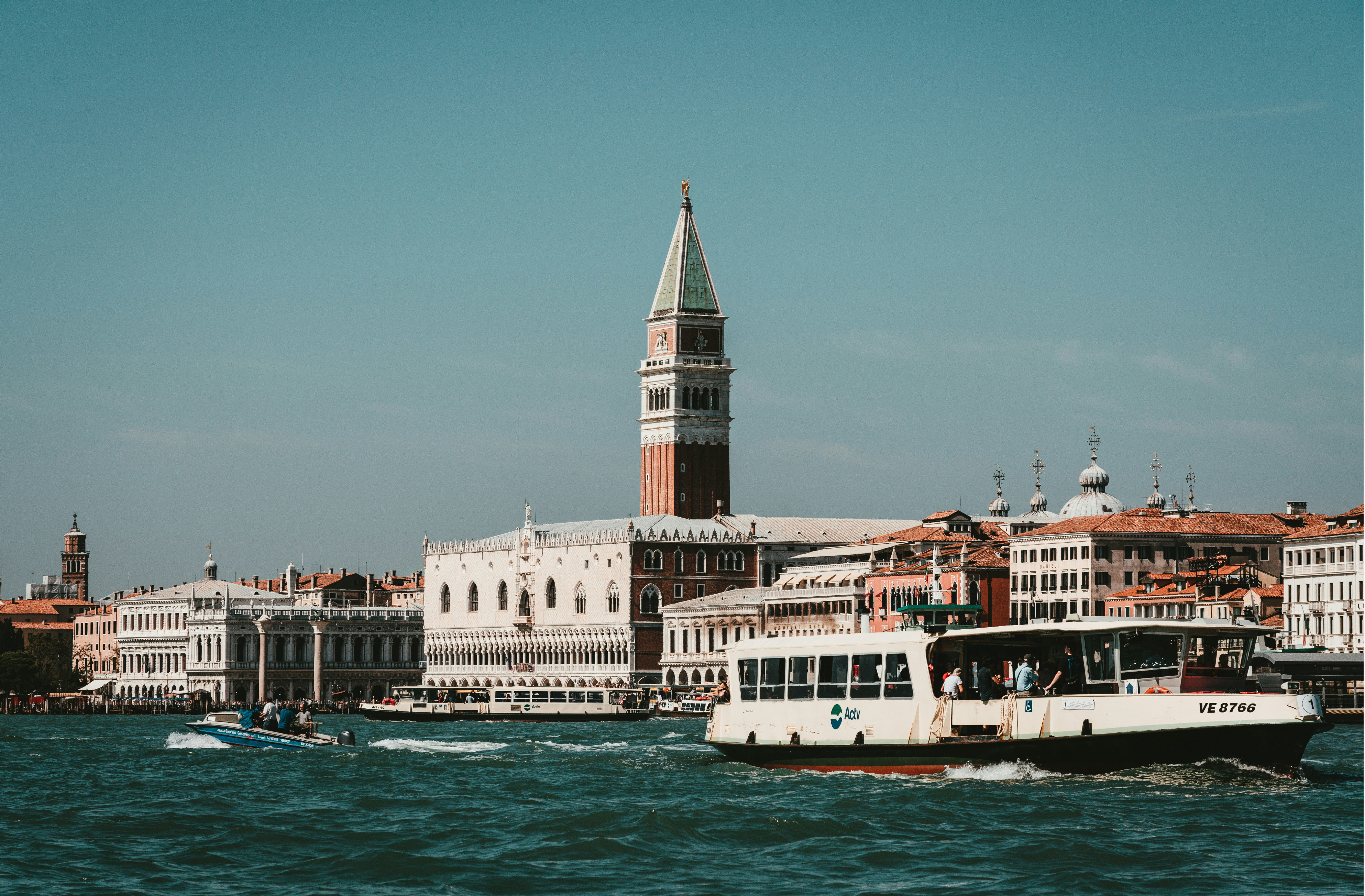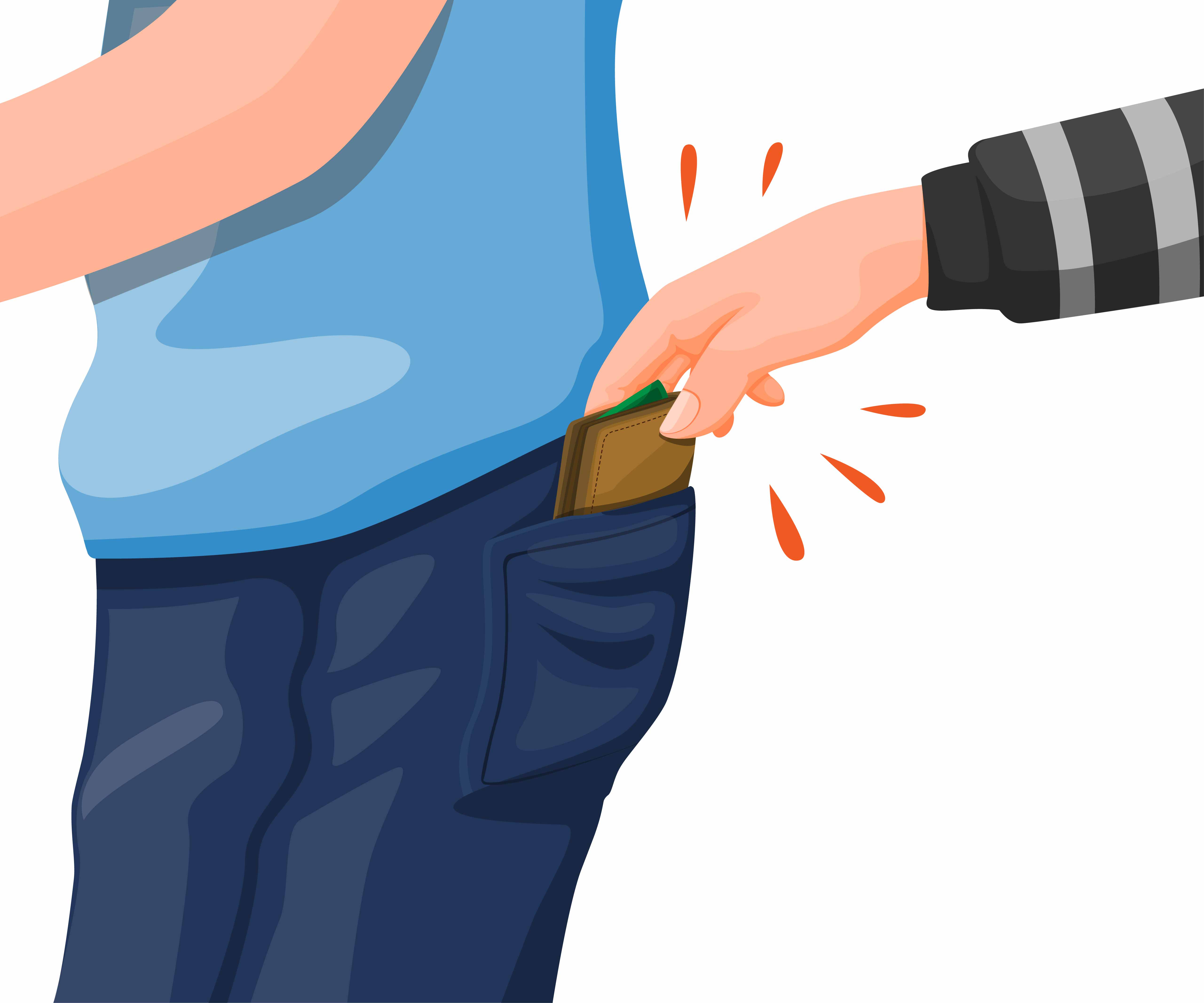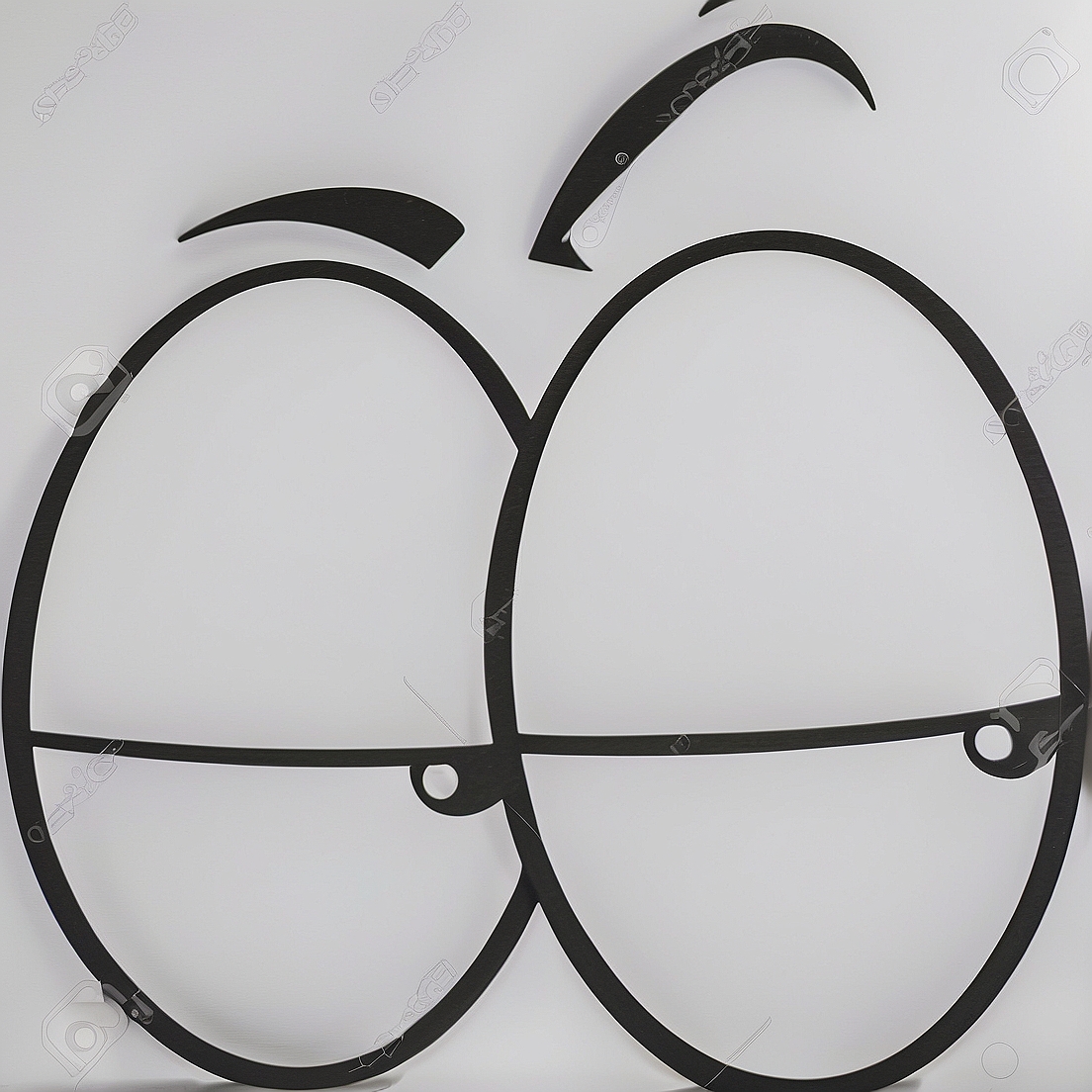FEES AND CHARGES IN ITALY
What you need to know
Tourists are often taken by surprise by unexpected fees and charges in Italy.
These concern mainly bars and restaurants, accommodation and public service.
These fees and charges are not applied only to foreign tourists.
Italian residents and tourists also have to pay them.
Whether you're a local Italian, visiting from another part of the country, or travelling from abroad, fees like the coperto, tourist tax, and Venice access fee are charged equally.
They are standardised costs set by local authorities or businesses and are not targeted specifically at foreigners.
Below are the main fees and charges tourists encounter when visiting Italy.
1. Tassa di Soggiorno - City or Tourist Tax
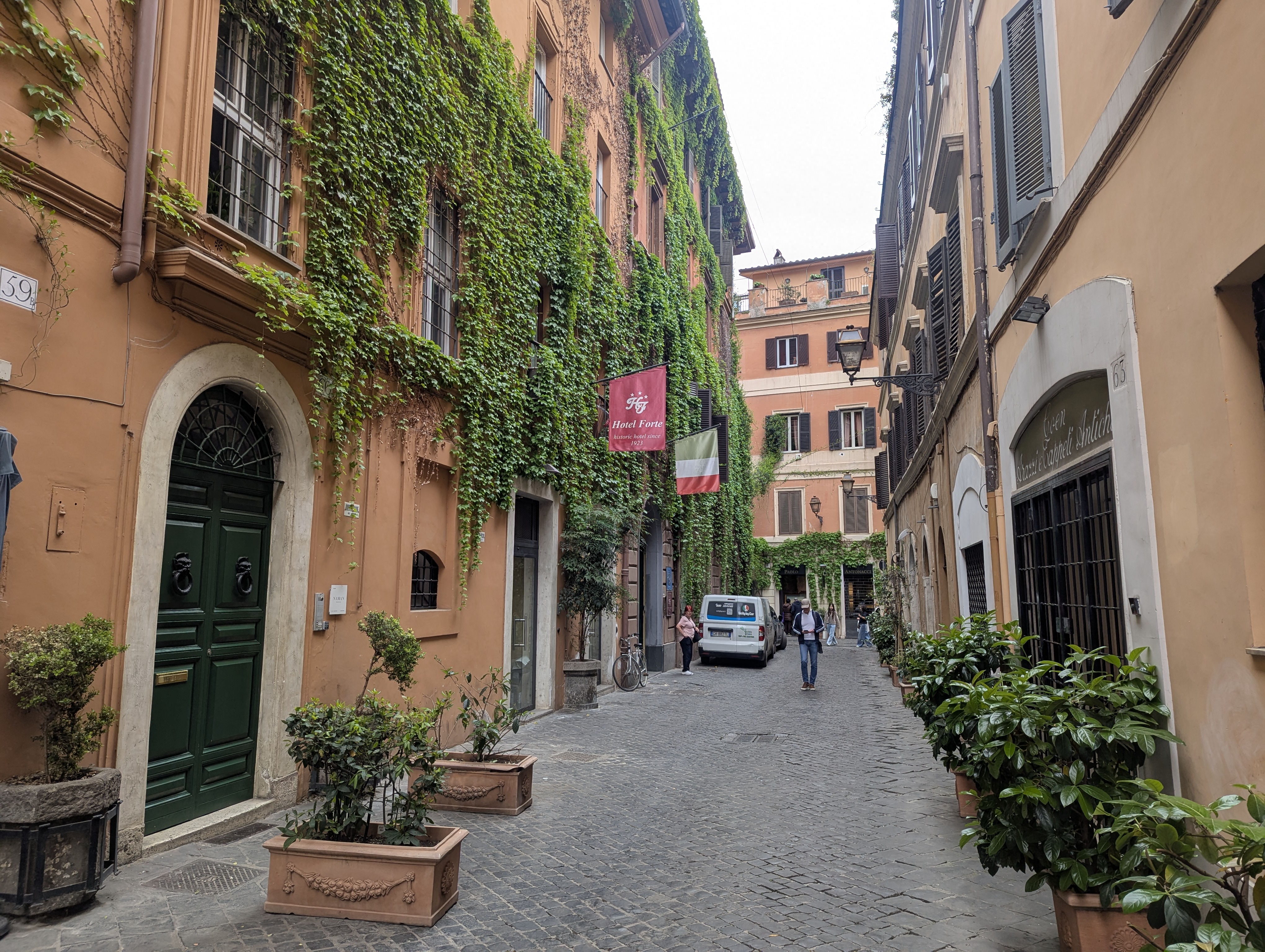
This is the first of the fees and charges in Italy that all tourists have to pay, unless you're staying with friends.
The City Tax is a nightly tax charged per guest by hotels, B&Bs, and hostels and is usually paid at check-out.
This tax is around €1–€7 per night, depending on the town or city, the star rating and the type of accommodation, and sometimes even the area or zone of the town or city where your accommodation is located (e.g. city centre vs outskirts).
If you're booking via a website like Booking.com, the city tax will be clearly stated on your booking.
TIP: The city tax amount is paid separately from the accommodation bill and most establishments prefer cash. What I usually do is prepare the exact amount in cash beforehand.
2. Coperto - Cover Charge at Restaurants
The coperto is one of the fees and charges in Italy that many tourists don't expect.
Basically, it's a per-person cover charge for bread, appetizers, table setting and service, especially in sit-down restaurants.
It's not a tip—just a fixed fee.
Usually, it amounts to €1–€4 per person (including children), but it might be more in touristy or high-end areas or restaurants.
The coperto is normally listed in tiny print at the very top of the menu or at the bottom of the first or last page of the menu.
TIP: The coperto must be listed on the menu by law. If it's not, check with the establishment to avoid being surprised by a potentially hefty addition to your bill.
3. Servizio - Service Charge, also in Restaurants
This is a service fee sometimes added instead of the coperto or in addition to it, and is typically 10%–20% of the bill.
This fee is charged almost exclusively in touristy restaurants in the main city centres, such as the areas most frequented by tourists in Rome, Venice, Florence.
Like the coperto, the servizio must be stated clearly on the menu. You can normally find it listed above or below the coperto, in tiny print.
TIP: If servizio is included in the bill, you don't need to add a tip.
4. Pane - Bread Charge
In some restaurants, you might be charged for the bread, sometimes in addition to coperto.
The charge is usually around €1–€3 per basket.
TIP: Ask before accepting the bread if you don’t want to be charged.
5. Table Charges for Coffee or Drinks
Prices for coffee or drinks are higher in Italy if you sit at a table rather than drink at the bar.
For example, in tourist cities and piazzas, an Espresso at the bar may cost €1.20; at a table it could be €3–€5 or more.
TIP: Learn the phrases "al banco" (at the bar) and "al tavolo" (at the table) to use when ordering drinks.
6. Venice Access Fee
This is a new fee for day-trippers visiting Venice during peak days.
Visitors staying overnight at a hotel or other accommodation in Venice, children under 14, residents of Venice, and those with special permits don't need to pay this fee.
However, if you're staying overnight in Venice, you need to get your hotel or residence owner to apply for your exemption.
The fee for day-trippers is €5 per person if you pre-pay online.
If you don't, it can go up to €10.
The Venice Access Fee will apply from 8:30 AM to 4:00 PM on the following 54 days in 2025:
- April: 18–30
- May: 1–4, 9–11, 16–18, 23–25, 30–31
- June: 1–2, 6–8, 13–15, 20–22, 27–29
- July: 4–6, 11–13, 18–20, 25–27
For more information and updates, visit the official website.
For a more detailed overview of the Venice Access Fee, click here.
Tip: Book and pay online in advance to avoid fines
7. Public Toilets
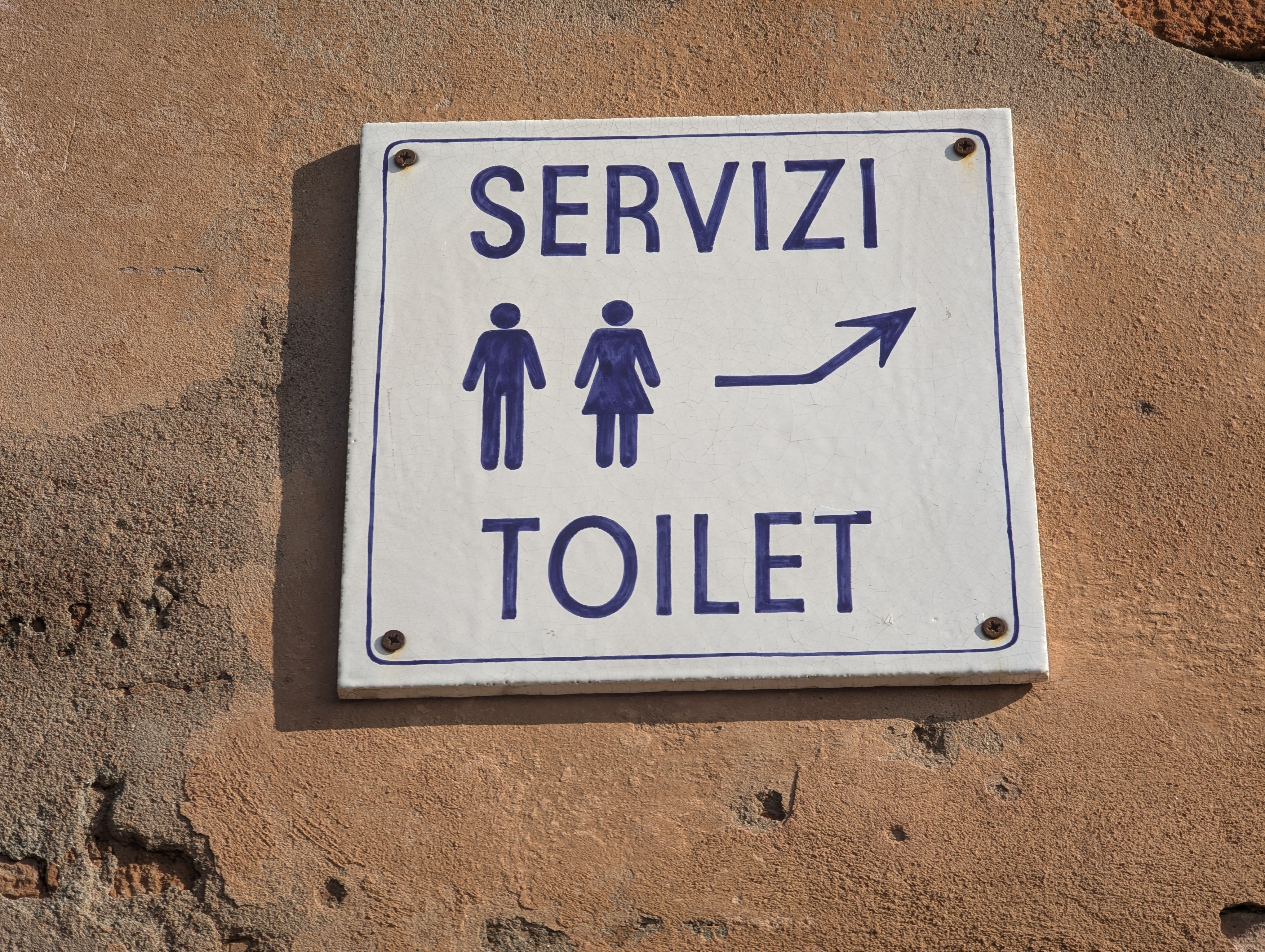
Public toilets charge a fee that you can pay in cash or, in some places, by card. To be safe, it's good to have coins ready.
In major cities, this fee usually amounts to €1–€2, but in smaller places like Cascia it can be just €0.50 or even cheaper.
You can usually find public toilets in tourist hotspots, train stations, and some city centres.
Shopping malls also have toilets that are usually free of charge.
TIP: Some bars (cafés) allow you to use their toilet if you buy a coffee or anything else they have on sale, such as a bar of chocolate or an ice cream.
A Final Word about Fees and Charges in Italy
Being aware of common charges in Italy helps avoid surprises.
Always check menus for coperto and service fees, and ask if unsure.
Keep coins handy for public toilets and tips.
Book Venice access in advance if needed.
With a little preparation, you’ll enjoy Italy without getting caught out by unexpected costs.
